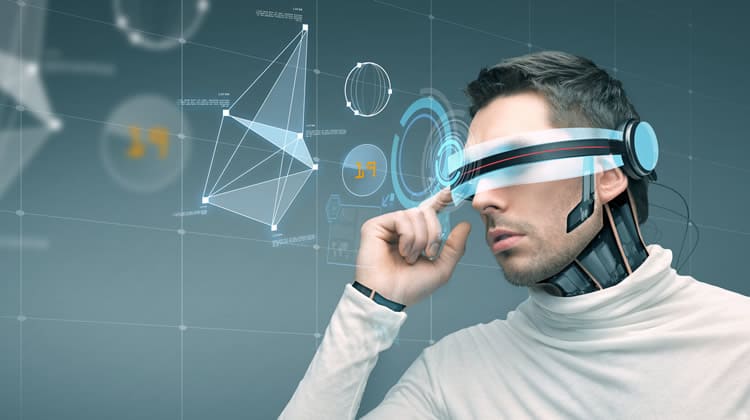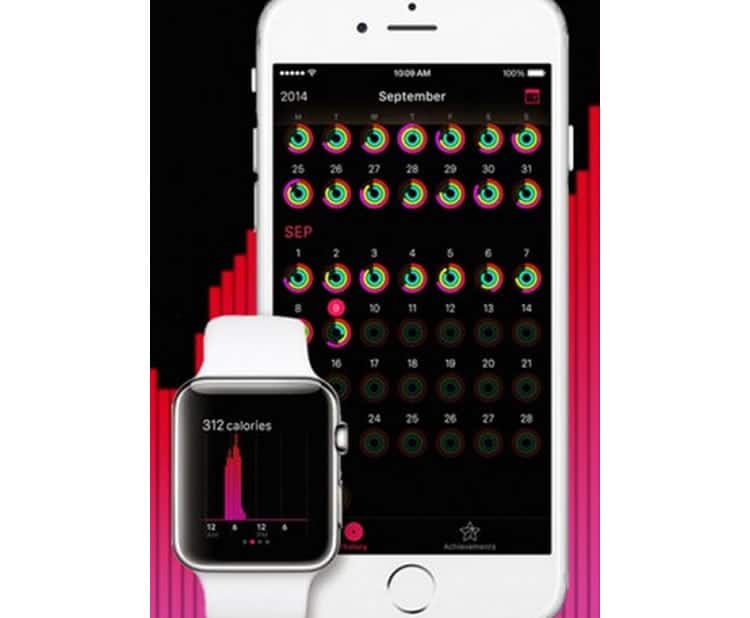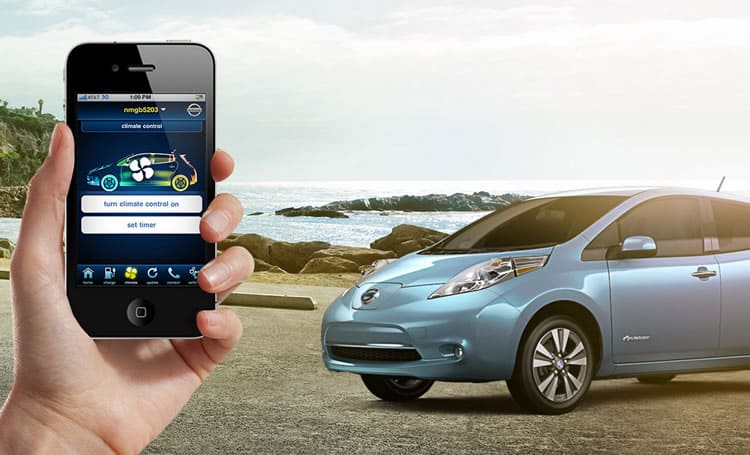
The rise of wearables and personal data tracking is proving to be more than just a tool for health. It’s all part of that buzz phrase ‘The Internet of Things.’ With Apple’s entry into the wearable game, the app development for this market will really take off.
Regardless if you’re a fanboy or not, developers will have to address how wearables will interact with parent applications. In fact, there is emerging language tutorials that help to define these interactions on a large scale as well as User Experience guidelines for wearable devices.
Let’s break this down.
Reference Points
With the help of existing applications we can see the general trajectory of development. One of the big perks of wearables is the data they collect. Indeed, a wearable device can collect more data than it knows how to organize. This ranges from physical activity to distance traveled. Really, it’s functionality can only be limited by our understanding of data input.

Consider Uber’s Apple Watch companion app (see, that is what they might be called “companion application”). It will notify you when the driver has arrived, if you want to split the bill, the drivers performance, etc… This all needs to be done with a main mobile device. Without that connectivity the user is just wearing a really expensive watch with some cool features. The whole point of the wearable is that it connects to your phone. None of Uber’s wearable app companionship works on it’s own (yet).
Understanding this reference point can help development in two ways:
- Identifying what fits in a user’s understanding, and thus improving potential engagement.
- Developing a user’s understanding with a totally foreign but incredibly innovative application.
Innovation Management
The healthcare industry has recognized that their field can rapidly evolve in a matter of years. Consider the advances in appendectomies. Only 20 years ago surgeons had to make a large incision and go in to remove a ruptured appendix. There are growing instances of noninvasive procedures performed with small cameras and precise equipment to perform appendectomies.
It is in this way that leaders in the industry had to adopt an approach to deal with natural challenges new advances in medicine presents to contemporary care. Now this isn’t a problem that physicians could solve. It took those in administration and business to craft a strategy worth adapting to (and yes adapting is the adverb I meant, not adopting).
The Harvard School of Business published a whitepaper on this issue, in Benchmarks for Confronting the Challenges for Innovation in Healthcare with a Modern Curriculum industry leaders are provided with several methods which include calls for educational continuances and investment in a new role player: the technician. This is not a new position, rather, expanding the role of these technicians provides skilled labor whilst improving quality of care because the physicians do less.
Wearables will challenge developers and users alike to expand functional capabilities into ideas and applications we cannot even consider to comprehend at the moment.
Second Nature Interneting
Yes, this is an obscure term. Second Nature Interneting is best described as not being aware of made connections between devices. This is demonstrated by a driver stepping into their Bluetooth-enabled vehicle and their mobile device automatically connects. It works seamlessly.
Wearables already do this but communicate with one connection at a time. In a user’s pursuit of maximum efficiency both in their work and personal life, perhaps wearables will serve as a beacon to turn on lights. Instead of a light switch being on a wall, the light switch will be located on your wrist. Key FOB’s for vehicles might be located on the wearable.
There’s a huge sentiment in design and development to make the user experience as simple as possible. The less steps to a particular function the better. The question for designers is to migrate app functionality to real-world functions, which can include turning on lights from your wrist, or changing the channel on your television. The second nature interneting and connection feeds with all products will revolve around the internet of things. Just like checking a notification drop down menu on a mobile device has become second nature, so too will these yet to be determined connection functions.
The Combo Platter, Hold the Lettuce
Larger tech companies often develop their application products across platforms. Consider the dating application OkCupid, which has an Android app, iOS for iPhone and iPad app, and a Web app. There’s no doubt that the IT team has opened up a dialogue about releasing a wearable app for Apple Watch and perhaps Android Wear. What will it do? We have no idea.
Companies and development firms will have to consider launching with a combination platter of “accessory” apps. This is different from the companion app in that the wearable device does something the mobile device can’t. This isn’t just regulated to mobile devices in your pocket? this considers mobile devices like vehicles.
Car manufacturers like Nissan have developed and launched apps specific to car models, like the Nissan LEAF. You can control virtually everything except for driving: heat, lights, radio, AC, geolocation, etc… The wearable device might serve to do all that on your wrist, and it may even just come with the purchase of the car, all on one combination platter.

Want to learn more?
Want to get an industry-recognized Course Certificate in UX Design, Design Thinking, UI Design, or another related design topic? Online UX courses from the Interaction Design Foundation can provide you with industry-relevant skills to advance your UX career. For example, Design Thinking, Become a UX Designer from Scratch, Conducting Usability Testing or User Research – Methods and Best Practices are some of the most popular courses. Good luck on your learning journey!
(Lead image: Depositphotos)
